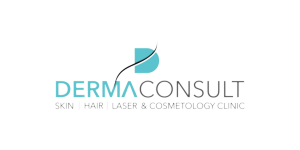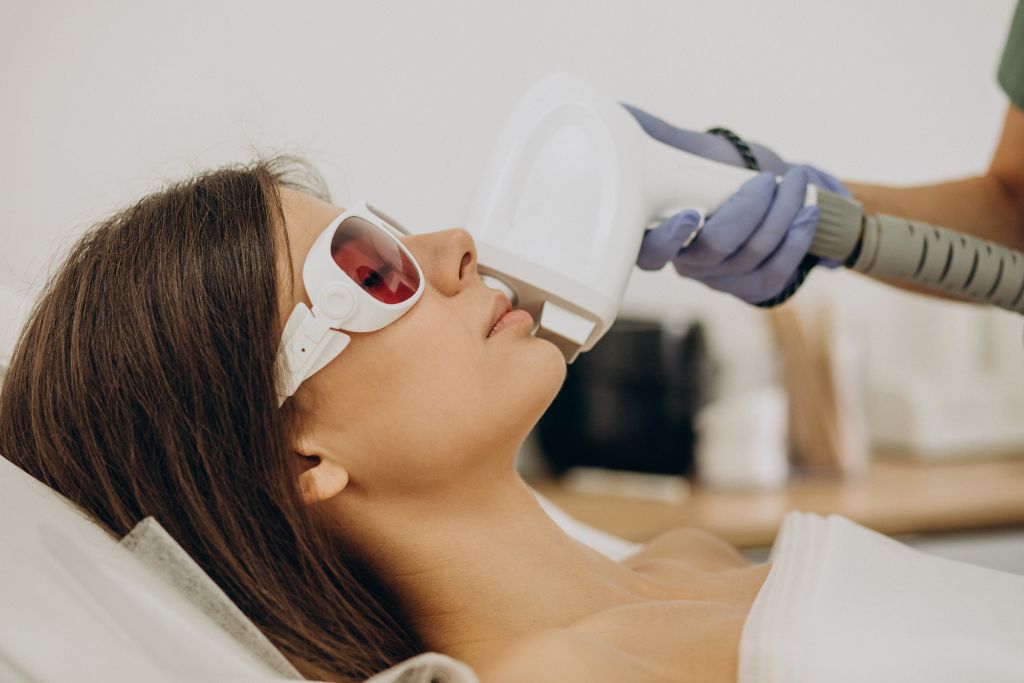Melanin, the pigment that gives skin its colour, varies in concentration from person to person. This pigment is necessary for protecting the skin from harmful UV radiation; thus, exposure to sunlight can stimulate melanin formation as the body attempts to defend itself. More melanin equals darker (tanned) skin.
Sun exposure, inheritance, hormonal changes, medicines, skin damage, and inflammation can all contribute to uneven skin pigmentation. It can manifest as hypopigmentation (a lack of melanin resulting in paleness) or hyperpigmentation (an excess of melanin resulting in darker patches of skin). If you have pigmentation or skin-darkening issues, this blog by Dr. Shaikh Waseemuddin, one of the best Derma Consultants in Aurangabad, will provide you the information on how to effectively manage this particular skin concern.
Types of Pigmentation
Melasma: Melasma is a skin condition caused by an overproduction of melanin induced by hormonal overstimulation. It is most typically caused by high oestrogen levels, such as those experienced during pregnancy or when undergoing hormone replacement therapy.
Solar keratosis and solar lentigo: These are localised skin changes produced by ageing and/or excessive sun exposure.
Post-inflammatory hyperpigmentation (PIH): is hyperpigmentation that appears at the site of inflammation and is typically caused by infection (as in acne) or certain autoimmune diseases.
Freckles: Hyperpigmented areas are caused by an increased sensitivity to sun radiation.
The Primary Causes of Pigmentation
Pigmentation is a common skin condition that occurs when the skin produces excessive or insufficient melanin. The pigment that gives the skin its colour. It can be caused by several factors, including inheritance, sun exposure, hormonal changes, and skin injuries.
- Genetics influences pigmentation, and people with darker skin tones are likely to have more melanin
- Sun exposure is another cause of pigmentation since UV rays can increase melanin production, resulting in uneven skin tone and black patches
- Hormonal changes, such as those seen during pregnancy, can cause pigmentation, often known as melasma
- Acne, cuts, and burns to the skin can result in post-inflammatory hyperpigmentation. Which happens when the skin produces more melanin than usual in the affected area
- Pigmentation can also be caused by age, medicines, or certain medical problems
Treatment for Pigmentation in Aurangabad
Topical Treatment
Over-the-counter lotions and gels containing hydroquinone, kojic acid, retinoids, vitamin C, niacinamide, or licorice extract can help reduce dark spots and even out skin tone. However, if these treatments are used incorrectly. They can cause irritation or other side effects, so consult a dermatologist in Aurangabad before using any topical treatment to confirm it is appropriate for your skin type and condition.
Chemical Peels
The chemical peel is a natural and safe pigmentation removal treatment that helps to prevent future skin discoloration by gently reducing the appearance of pigmentation. This one-of-a-kind treatment gradually dissolves pigmentation by using concentrated, potent medical-grade solutions which leads to the exfoliation of the outermost layer of the skin.
Microneedling
Cutting-edge cosmetic microneedling technology will encourage cell renewal and treat pigmentation or age-related skin damage. When passed over the skin, the needle includes a series of tiny needles that induce micro-injuries. These micro-injuries activate the body’s natural healing reaction, which includes the synthesis of collagen. A protein that contributes to the firmness and smoothness of the skin. When the skin generates new collagen. It can help with pigmentation issues by reducing the appearance of dark spots and other discolorations. Multiple treatments over time will assist in strengthening the skin, resulting in improved texture and tone.
Laser Toning
Laser toning is a safe and effective laser pigmentation removal procedure that uses a laser to break down melanin in the affected area, allowing the body to naturally remove the particles. It is safe and effective for treating all types of benign pigmentation, including freckles, sun spots, age spots, sun damage, and liver spots. There is no downtime; however, the treated region will turn somewhat darker soon after treatment and must be protected with sunscreen. The number of treatments required will be determined by the degree of pigmentation, however, the majority of patients experience dramatic changes in the appearance of their skin after just one treatment.
Depending on the degree of pigmentation, further Pigmentation Treatment in Aurangabad may be required; for more information, consult the best Dermatologist in Aurangabad.
CONCLUSION
Skin pigmentation differs from person to person and is caused by several factors. However, regardless of the cause or kind of skin pigmentation, several treatment options exist to help minimise its appearance.
Remember that avoiding excessive sun exposure and following basic skincare routines can help prevent pigmentation issues in the first place. Get in touch with the specialists at Derma Consult Clinic in Aurangabad.
Read More About The Sudden Hair Loss in Women: Causes, Remedies, and Prevention.


